The Catalogo di tutte le principal et più honorate Cortigiane di Venetia is a rather famous document from sometimes in the mid to late 1500s. The title translates as “Catalogue of all the principal and most honoured Courtesans of Venice.”
It is a list of some 212 women, with a rough indication of where they lived, whom to contact for their services, and their prices.
It appears to have been a kind of tourist guide for men looking for a certain recreation, as the English ambassador Sir Wotton called it in 1618.
We don’t know who compiled the list, but there’s a dedication to one of the most expensive courtesans, by a rather spellbound “A. C.”
This specific list is also not unique. There were other similar documents, some even written in the form of humorous poems or dialogues.
The copy of this list is from Leggi e memorie venete sulla prostituzione fino alla caduta della Republica (1872), which is based on a handwritten copy of a printed list.
When was the list published?
The list in undated, but it appears to be from around the 1560s. This estimate is based on what is known about the lives of some of the women on the list, such as Veronica Franco. The famous courtesan Angela dal Moro, aka Zaffetta, from the first half of the 1500s, is not on the list.
The Esecutori contro la Biastemia — to whom the Council of Ten had delegated most matters of prostitution — issued a judgement against a printer around that time:
Die 23 Lugio 1566
Visto per li Clarissimi missier Polo Corner, Messer Hieronimo da Lezze et Messer Piero Venier Esecutori contro la Biastema el processo formato contro Hieronimo Calepin stampador qual ha stampato la tarifa delle putane senza licentia, l’hanno sententia et condanna chel pagi nell’officio ducati uno (c) da esser dispensati a lochi pii. Cesare dito el Venier qual e anda vendando tal opera sia relassa de preson perche in miseria con conditione chel pagi la preson et con amonizione che sel comete più tal inconveniente si proceda contro de lui eseguindo le legi. Debba etiam dito Calepin pagar le spese dell’officio pred. tto ut insuper.
Archivio Generale di Venezia, Notatorio 6, Esecutori contro la Bestemmia, 1561-1582, carta 24 verso, here from Leggi e memorie venete sulla prostituzione fino alla caduta della Republica (1872).
In translation:
On the 23rd day of July 1566
Considered by the Most Excellent Missier Polo Corner, Messer Hieronimo da Lezze and Messer Piero Venier, Executors against Blasphemy, the trial brought against Hieronimo Calepin printer who printed the tariff of whores without licence, they have sentenced and condemned him to pay in the office one ducat [for each copy] to be dispensed to pious places. Cesare, called the Venier, who went to sell such a work, shall be freed from the prison because impoverished, under the condition that he pays the prison and with the admonition that if he comes to this inconvenience any more, action will be taken against him, executing the laws. The same mentioned Calepin must furthermore also pay the expenses of the aforesaid office.
Even if this sentence wasn’t connected to this specific list, it does show us that such lists existed at the time. It also tells us that they were in demand. It is unlikely Hieronimo Calepin would have run the risk of making and distributing illegally prints, unless he expected to make a good profit of their sale.
On a side note, it is interesting how the Esecutori let the little guy go, basically for social reasons, as long as he didn’t cause expenses to the state.
The women
The entries on the list don’t really give us a lot of information about the women themselves. Generally, there’s little more than a name.
Most of the entries on the list follow a common schema: the name of the woman, whereabout she lived, and whom to contact to acquire her services. Sometimes there are other notes and comments, related to the woman, her abode or her appearance, or details about getting there.
Many of the women are given with what appears to be full names, or at least plausible full names. In some notable cases, like with Veronica Franco and her mother Paola, they are there with their real names.
For others, only a given name is listed, and in some cases they leave a bit of doubt as to their veracity. There are, for example, two Diamante on the list.
Many surnames are, as was common, based on place names or crafts.
We have surnames like Furlana (from Friuli), Padovana (from Padua), Buranella (from Burano), Visentina (from Vicenza), and Trevisana (from Treviso), but to name a few. These are all still common today. Several women named Grega (Greca — Greek) probably originated in the overseas dominions, like the Schiavona and Schiavonetta.
Among crafts we have Barcariola (boatwoman), Caleghera (shoemaker), Favreta (smith), Tajapiera (stonecutter), Fornera (baker), Mastelera (basketmaker) and Barbiera (barber). These names are all for crafts mostly performed by men, but declined in the feminine, so likely in the sense ‘daughter of’ or ‘wife of.’
Interestingly, there are also some names on the list which are normally associated with the nobility. There are, for example, da Leze, Tron, Zen, and Balbi. The reason is likely that many of the noble families split into several branches over the centuries, and not all branches remained part of the nobility. It was therefore possible for original citizens to have the same surname as noble families.
Then there are call names of various kinds, and not all of them are nice.
There are names which could possibly relate to the physical appearance of the woman, like Laureta Picola (small), Laura Grassa (fat), Elena Granda (big) and Laura Sporca (dirty). All of these, however, could also be proper names.
Then we have Isabella Bell’occhio (pretty eye, but it could also be a proper name), Vetorella Bella man (nice hands), Anzola Pesta la Salsa (pestare means to grind something in a mortar, and salsa was any kind of liquid condiment for food), Lucietta Cul Streto (tight ass), Orsetta mi nol vogio (I don’t want it/him).
I have a suspicion these are not names the women chose themselves.
Prices
There’s quite a bit of variation in the prices.
Almost two thirds of the women charged only one or two scudi for their services. Of the 210 entries, 79 ask for one scudo, and 56 for two scudi.
Twenty-five asked for four scudi, and one for five, and fourteen for six scudi.
At the higher end, we have seven women asking for ten scudi, four charging fifteen scudi, and four women charging 18, 20, 25 and 30 scudi.
For five women, the list simply states dar quello si vol — give what you want. Whether this places those women on the expensive or the cheap end is not clear.
The value of a scudo
How did these prices relate to the cost of living of the time?
It is not an easy question to answer, but within the list we have Franceschina Zaffetta (#103) who paid forty scudi in annual rent, which is clearly supposed to be expensive. Her price was six scudi, so one client each month would pay her rent with money to spare, supposedly for a quite nice place.
We have another almost contemporary example from 1551. The celebrity playwright Pietro Aretino had his annual rent of sixty scudi for a house near the Rialto paid by the Duke of Florence.

So what we can say, based on this, is that the prices on the list are not low.
It is probable that most of the women could pay the rent of their home with just a few clients a month, which would leave them with a substantial amount for other expenses.
Veronica Franco (#204) charged two scudi according to this list, so definitely in the lower end. However, in 1575, when she fled Venice during the plague epidemic, her house was looted, and she lost most of her property. She therefore owned a house and material goods valuable enough for the house to be looted in her absence. She did end her life fairly poor, but not because she had worked as a courtesan.
In strict economic terms, being an honourable courtesan in Venice in the 1500s probably wasn’t bad.
The go-betweens
Every woman on the list but one (Elena da Canal, #85) has a go-between, called a pieza (female) or piezo (male).
The word piezo actually meant a guarantor. In Boerio (1829), the word is given as Colui che promette per altri — he who promises for others — but there are a few centuries between the list and the dictionary. Words often change meaning over time.
The role of the go-between was most likely to handle booking, queuing and payments, so the woman could concentrate on the services to be rendered. Not having the money in the same room probably also lessened the risk of robberies.
It is also interesting that there was sometimes a notable distance between the location of the pieza and of the woman. They can even be at opposite ends of the city, and often on opposite sides of the Grand Canal.
So, who were the go-betweens?
In fifty-three cases, it was the woman herself. The entries simply list pieza lei medema or pieza lei stessa.
In some cases, one woman on the list also served as go-between for some of the others. For example, Isabella ditta Folega (#123) had pieza la zotta de San Stae, which is Imperia Zotta (#121). She, on the other hand, had an Angelica ditta (Angelica aforementioned) as her pieza, who in turn worked for three women (#47, #108, #121) but is not herself on the list.
Thirty-six entries give the mother as the go-between, as pieza so mare or similar. In three cases it was a sister, in two a brother and two sisters (#107 and #164) had Alvise barcarol in rialto so paregno — “Alvise boatman at Rialto her step-father.”
Twenty-one women had a servant listed as go-between, which indicates that they weren’t dirt-poor.
Another fifteen simply have a neighbour, and others a labourer or boatman in the square below, the baker or similar as go-between. It is quite striking how many persons in ‘normal’ jobs partook in the business of prostitution. It doesn’t indicate a strong stigma around the activity, rather it was a normal and acceptable way of making a living.
Some named individuals appear repeatedly as go-betweens. A Chate Schiavona worked with twelve women on the list, a Menega with three, and a Maria Visentin (or Marta Visentina) with four. A Jacomo barcariol was go-between for three women.
Many of these named persons have surnames which are probably more places of origin or their craft. Chate Schiavona from Schiavonia (modern-day Croatia), Maria Visentin from Vicenza, or Jacomo barcariol (Jacomo boatman).
Other figures
A couple of women also have another figure listed, as per mezzo, which translates more or less as “by means of.” One (#28) is specifically located in a canal, which meant a boat was needed to get to the front door. Others might simply be in places difficult to find.
We have, for example, Bettina Sabionera (#35) per mezzo il forner, pieza la fornera — “by means of the baker, go-between the baker’s wife.”
The meaning is likely that the prospective client would go to the baker’s wife, and then the baker would guide him to the room of the woman, which wasn’t necessarily in the same area.
Locations
The localities listed, both for the women and for the go-betweens, are generally rather vague.
In most cases, it just gives the parish or an area, like ‘lives at Santa Sofia’ or ‘in the parish of San Trovaso.’
Many noble families, and many of the Great Schools of Venice, put their savings in bricks, so they were landlords for many commoners.
We therefore have entries like ‘Santa Fosca in the houses of the Scuola Grande della Carità’ (#10) and ‘at the Frari, in the houses of Ca’ Contarini,’ (#26) which tells us that the women on the list lived with everybody else. They weren’t segregated from the surrounding society, or forced to live in specific areas, like the medieval Castelletto.
The interactive map below shows the localities mentioned in the list. Each locality can have many entries associated. They’re shown by clicking on the map marker. Only one entry (#149) couldn’t be mapped, as it just indicated ‘Castello,’ which is too vague to place on a map.
A few areas had numerous honest courtesans.
The parish of Santa Caterina is one such area, with well over thirty women on the list, especially around the Ruga dei Do Pozzi.
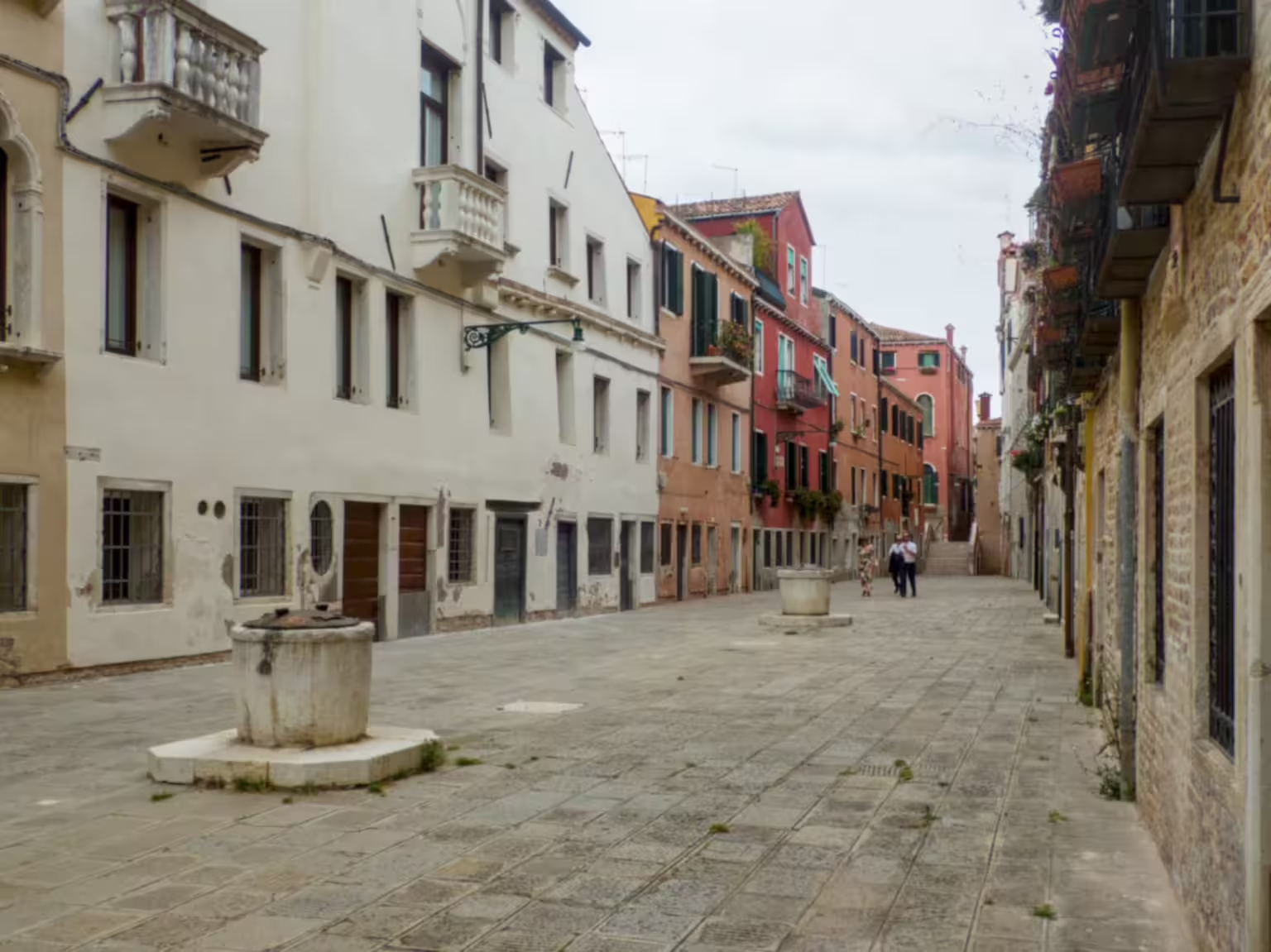
Likewise, but to a lesser extent, the area around Calle dell’Aseo and Ponte dell’Aseo in Cannaregio, and the Borgo di San Trovaso in Dorsoduro.
Otherwise, the localities are scattered over most of the city, with a few notable exceptions.
There is nobody at Santa Marta, which was a destitute neighbourhood of fishermen and boatmen, and there are very few in the eastern part of Castello, around the Arsenale, where the arsenalotti lived. Very few of them could probably afford the listed prices.
This doesn’t mean there weren’t any sex workers there. They just weren’t honest courtesans for ‘decent’ people, but merely meretrici — harlots.
Related articles
- Catalogo di tutte le principal et più honorate Cortigiane di Venetia (Venetian original)
- Catalogue of all the principal and most honoured Courtesans of Venice (English translation)
- Commentary on the catalogue.
- Prostitution in Venice
External links
- A Sexual Tour of Venice: Mapping a Sixteenth-Century Catalogue of Courtesans — By Hannah Johnston

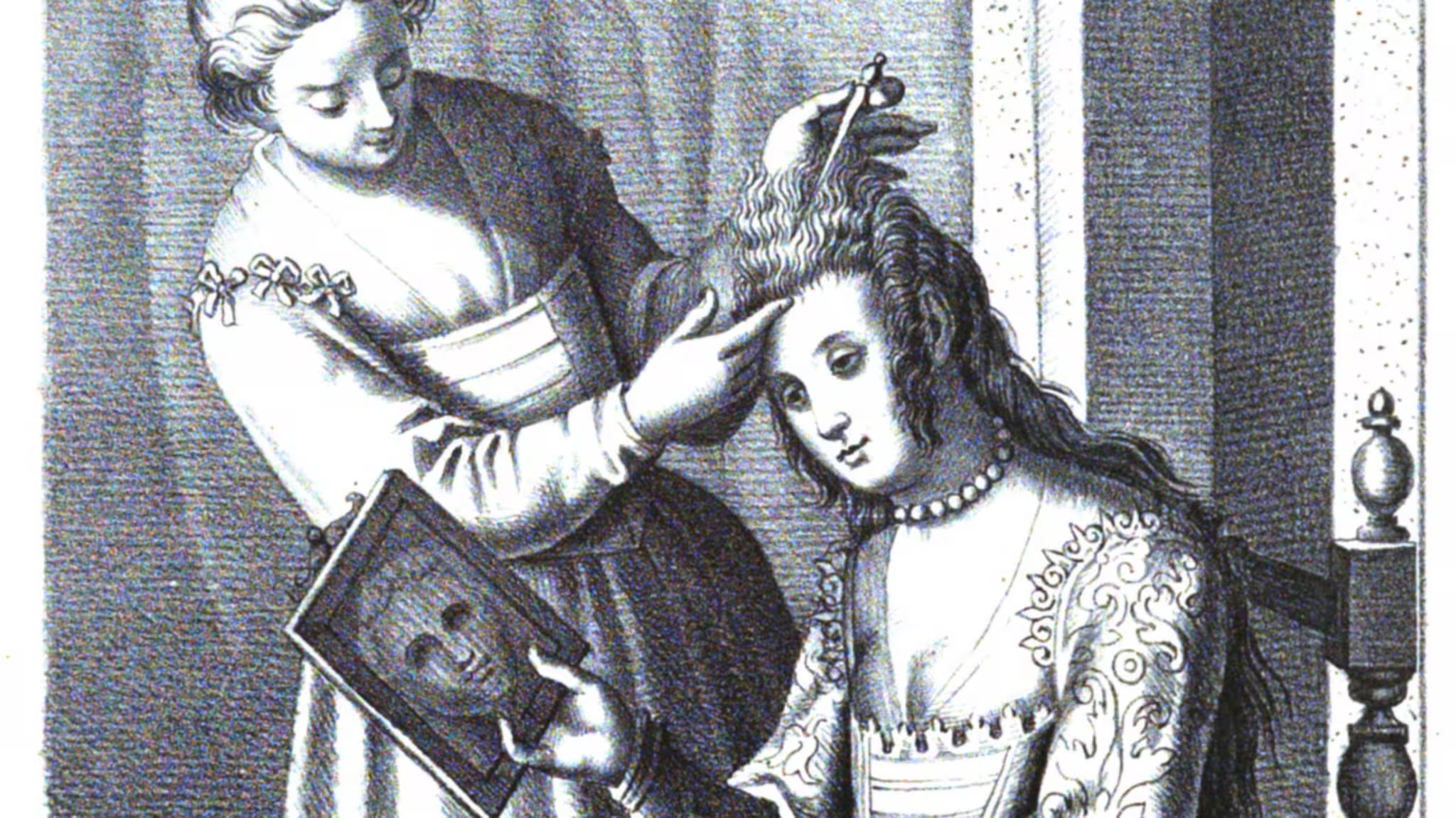
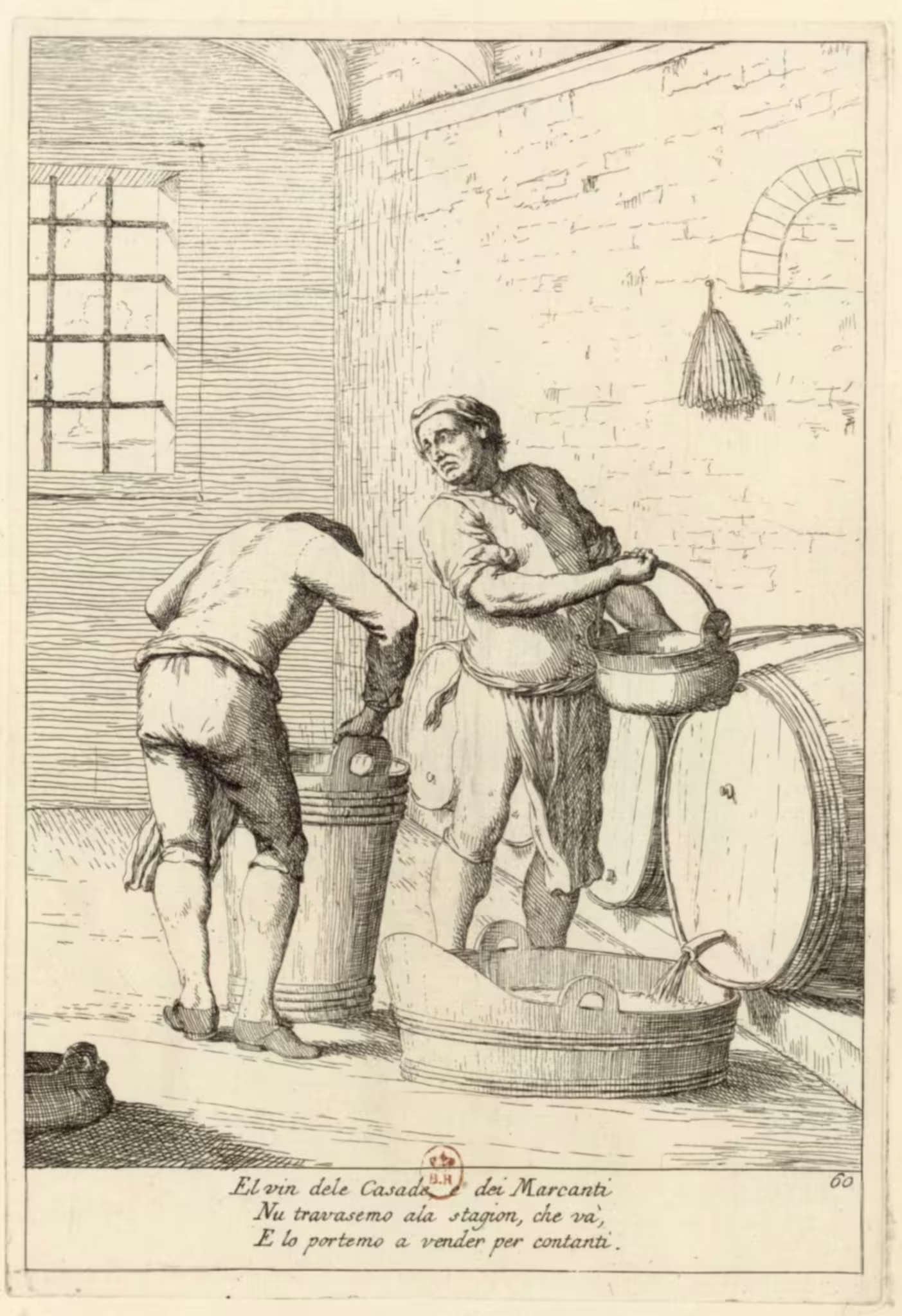
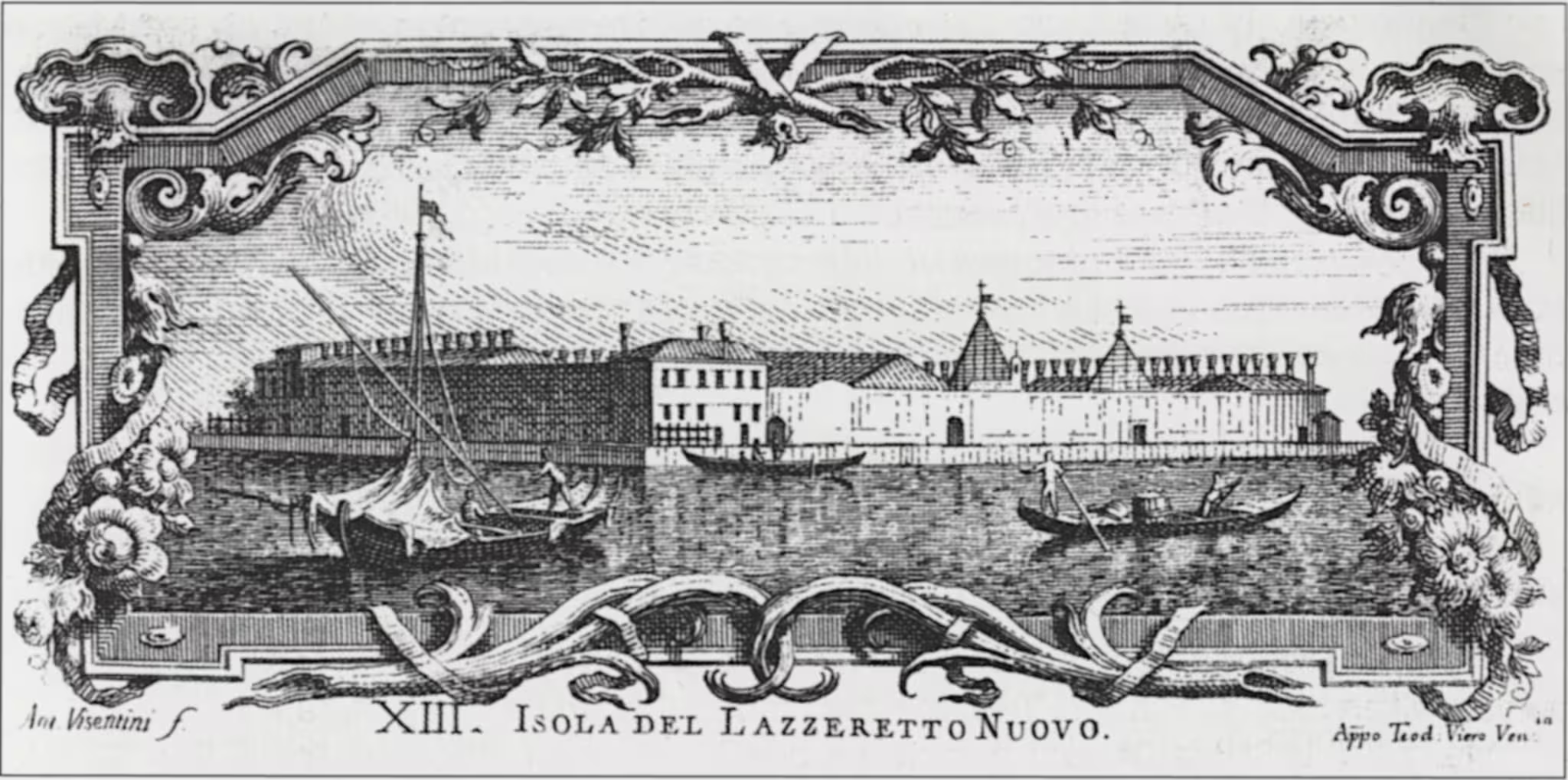
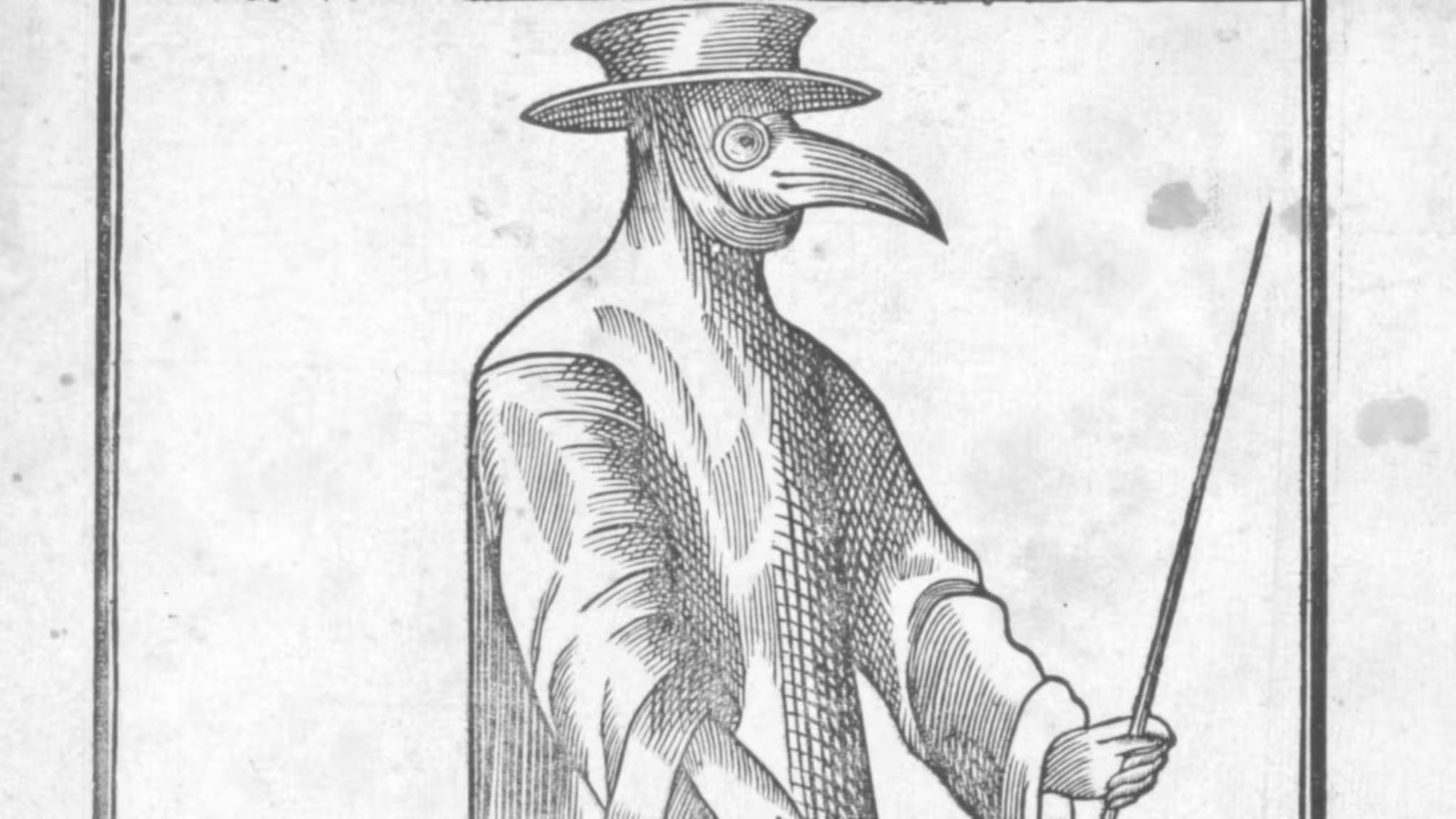
Leave a Reply